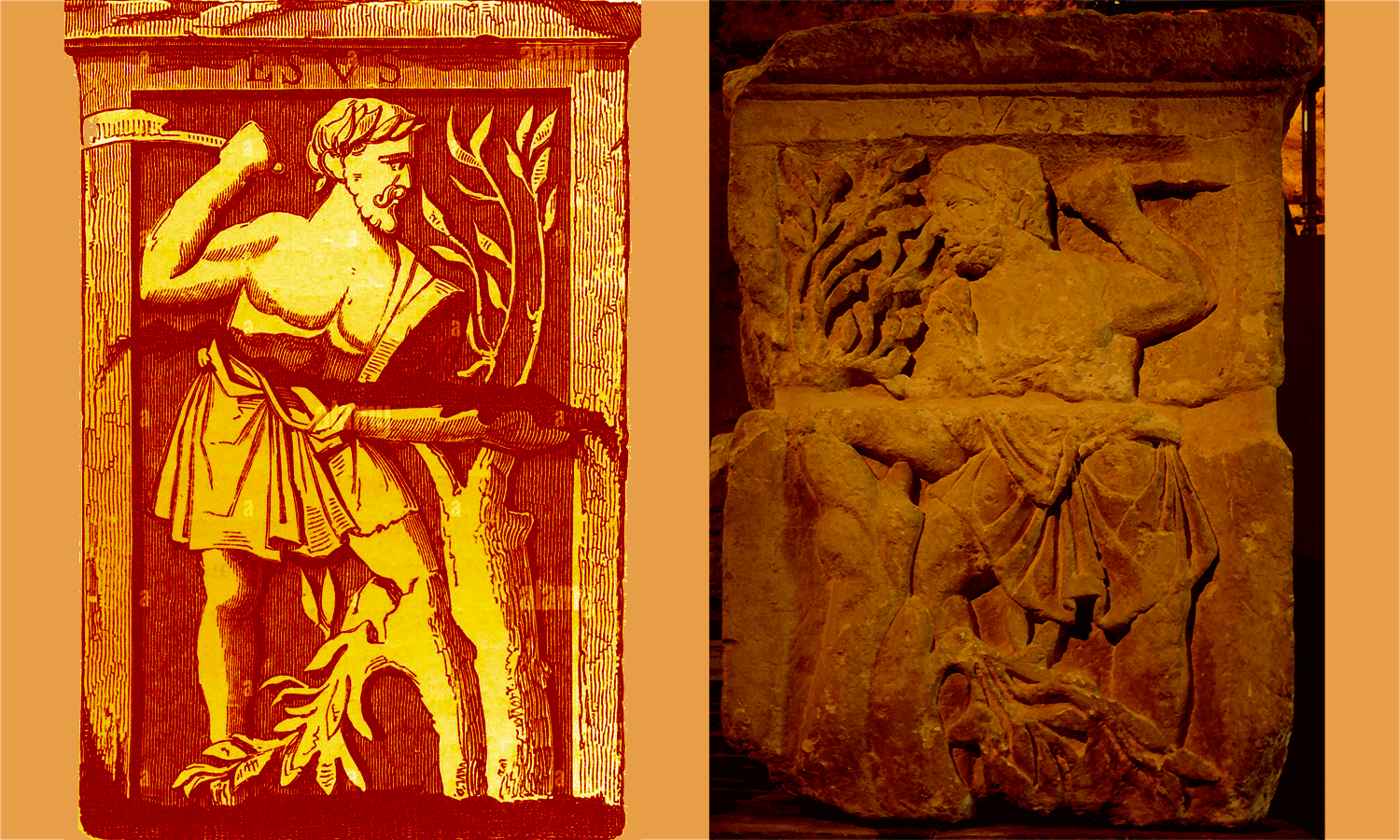
Many scholars are questionning the historical existence of Jesus. But that of Christ is well known. Such a title was often worn: Lugh, Prometheus, Lucifer, Aesus, Apollo, Rama, Orpheus, Mithras / Mithra… More than one christ have reigned over the Celtic and Mediterranean world since the dawn of time, ie long before the Roman Empire.
Esus
Come on, thanks to Oui qui paie dia, let’s give ourselves a good little onomastic touch. The Scolies of Bern, an ancient and medieval commentary (between the fourth and ninth centuries AD) by the Pharsalia of Lucan assimilate him to the god Roman Mars, or Mercury, and specify that Aessus was appeased by suspending a man from a tree until, as a result of the shedding of his blood, he let his members go.
The name of AesusFrench Esus is an element of the Gaulish proper names Esunertos (“he who has the strength of Esus”) and Esugenos (“born of Esus” or “well-born”, equivalent to Eugene in Greek). According to Joseph Vendryes, the name ‘Esugenos’ is found in Welsh in the form of Owain and in Irish in Eogain. It is found in Breton, particularly in the forms Yves, Erwann and Youenn, according to Canon F. Falc’Hun. Julius Pokorny adds the Welsh Ywein, which became Yvain in medieval French literature. (source)
Yv the Ancestor
The god Aesus, deemed cruel, is none other than the good Saint Yves of the Bretons. He was not a saint in the Christian sense of the term, because he lived long before the appearance of the religion of Jesus. No matter. The first names Yves, Yvon, come from him. The Russian name Ivan can be read IV AHN in golden language, namely YV the ancestor. The Breton towns of Yvignac la Tour, Yffignac, and Yvias are dedicated to him. All three located in the Côtes d’Armor, with a special dedication to Yvias, as we will see below.
Several clues show that the cult of Mithras did not spread from Iran to the Celtic lands, but that it is the cult of Esus who left Celtia to reach Iran. In the Côtes d’Armor again, the village of Lanleff and its circular temple characteristic of the Mithraic cult. This little gem of a temple seems to date back to before the Roman conquest.
Besides, voluntary or not, a street sign from this same borough indicates the fate of the Catholic church and its improbable Jesus…

Aesus, Esus, Yves, Erwann
In the golden language, Mithrain French can be written mit Ra, ie with Ra. In the language of the goslings we can spell myth (of) Ra. Ra or Rama is but an avatar of God Mars who was called Aesus / Esus in a good part of the Roman Empire.
God Esus whom the Britons call Saint Yves. He was not a saint in the christian sense, because he has been living long before the beginning of the religion of Jesus. Never mind. The britton firstnames Yves, Yvon, come from this saint. The Russian name Ivan can be read IV AHN in golden language, namely YV the ancestor. In Brittany, the towns of Yvignac la Tour, Yffignac and Yvias are dedicated to him.
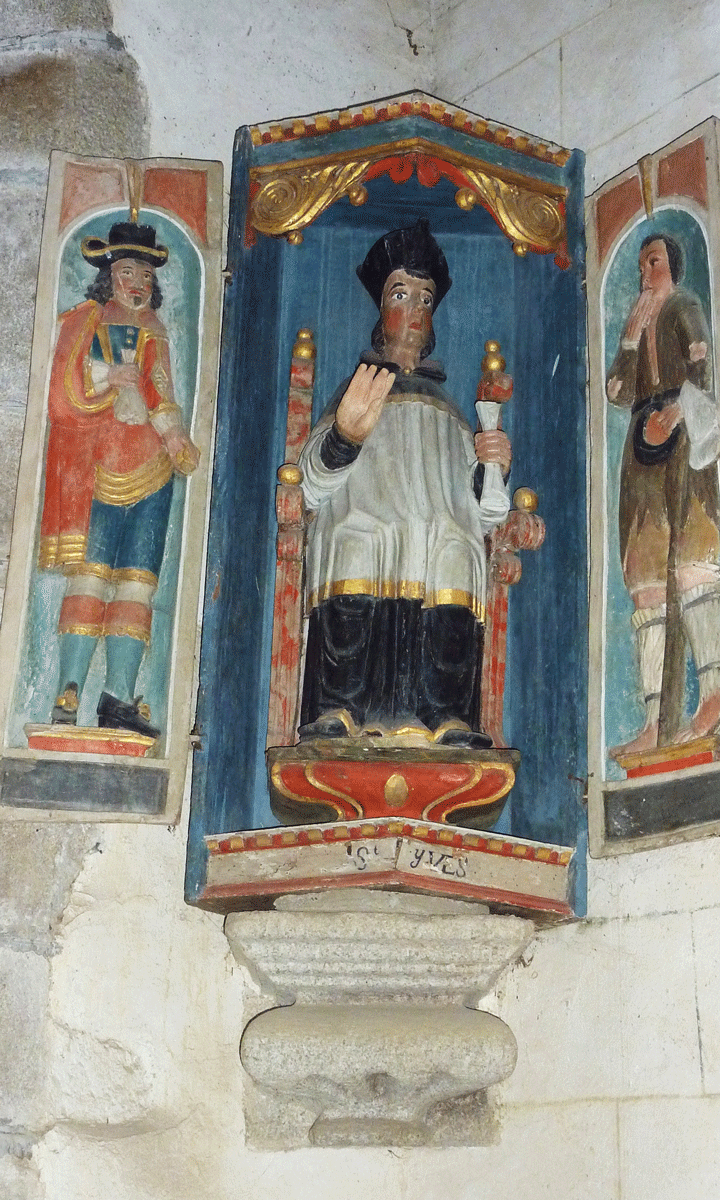 As well as Lanleff and his temple. Characteristic of the Mithraic cult, adjective that I prefer to the ancient Mithraic, this circular temple is probably anterior to the Roman conquest. Still in Brittany, the root ESus is found in the city of Essé, country of the beautiful covered fairway of the Roche aux Fées. Fairies, really? Or Esus Christus ??
As well as Lanleff and his temple. Characteristic of the Mithraic cult, adjective that I prefer to the ancient Mithraic, this circular temple is probably anterior to the Roman conquest. Still in Brittany, the root ESus is found in the city of Essé, country of the beautiful covered fairway of the Roche aux Fées. Fairies, really? Or Esus Christus ??
Does the god Esus belong to the great family of Aesir gods who reigned over northern Europe? It is worth asking, but uneasy answering. The lexical kinship makes me say yes, so does the time, same for both … If I can say that Aesir Thor is the male counterpart of the Egyptian goddess Hathor, why not saying that Esus belong to the same family?
“The name of Esus is an element of Gaulish proper names Esunertos (“he who has the strength of Esus”) and Esugenos (“born of Esus” or “well-born”, equivalent to Eugene in Greek). According to Joseph Vendryes, the name “Esugenos” is found in Welsh in the form of Owain and Irish in Eogain. It is found in Breton, especially in the forms Yves, Erwann and Youenn, according to Canon F. Falc’Hun. Julius Pokorny adds the Welsh Ywein, becoming Yvain in medieval French literature.” (source)
Love and genetics
Esugenos, or Eugene in Greek, would mean well born, according to Wikipedia. Certainly, I subscribe, but what does “well born” mean precisely? Most likely: of noble origin, even of divine or semi-divine origin, ie from Hyperborea. Esugenos would be those who came from the wandering planet, from the great mothership inhabited by the former gods. To go even further, I would venture this assumption: well born would be the one that would have been created in vitro, created and not generated, born in a genetic laboratory, and not by natural means.
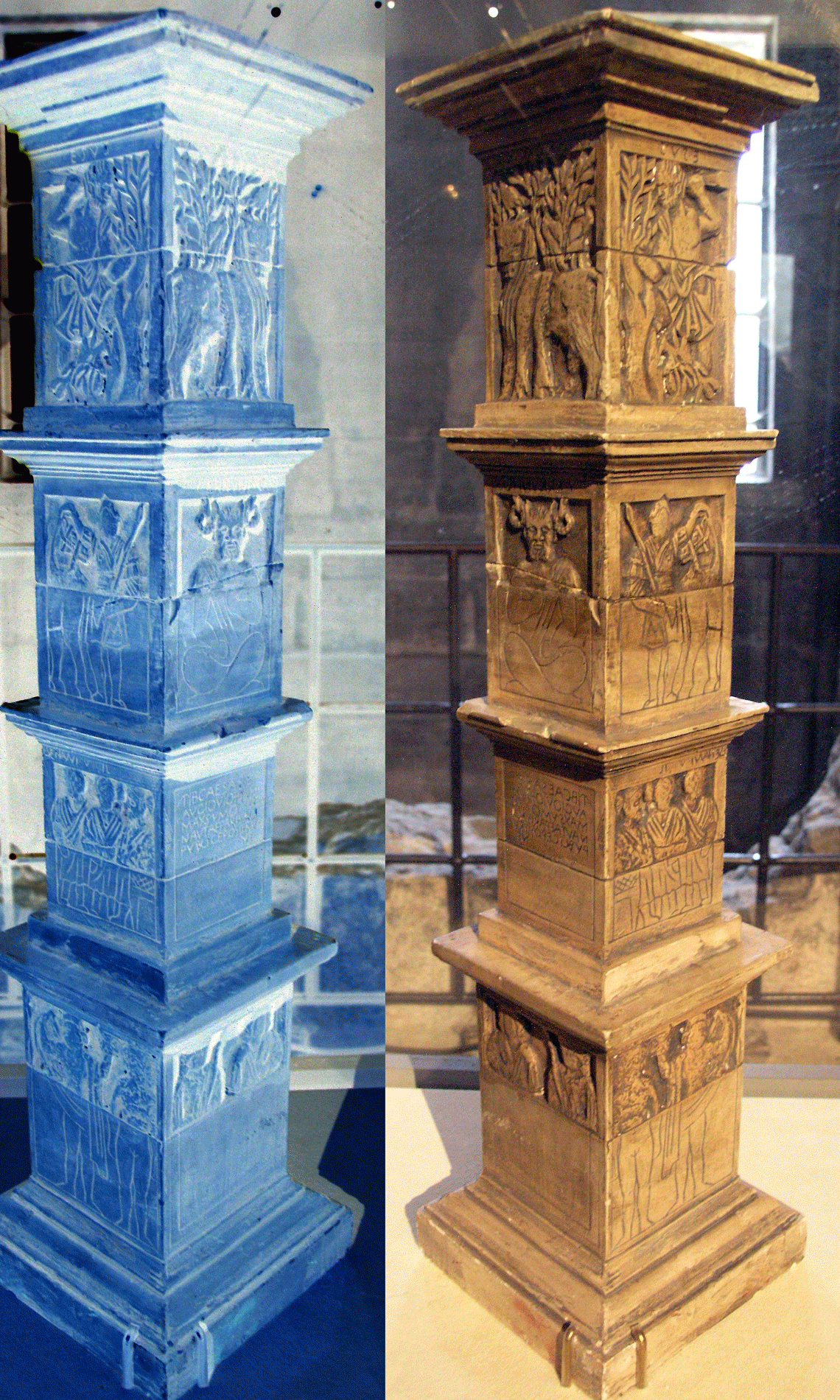 The hypothesis is not as hazardous as it seems, since, as everyone knows, chance or hazard does not exist. Hazard is another name for Osiris: asar, ousir … And Jung stated, the coincidences are but synchronicities.
The hypothesis is not as hazardous as it seems, since, as everyone knows, chance or hazard does not exist. Hazard is another name for Osiris: asar, ousir … And Jung stated, the coincidences are but synchronicities.
If Christianity had been arrested in its growth by some mortal disease, the world would have been mithraic.
Onomasticssee upper, ever upper
The former gods had two ways to make human beings. Genetic manipulations were preferred because they could control all parameters, as opposed to the copulatory lottery. If these jolly good gods practiced the Javanese wheelbarrow, they hardly played Russian roulette.
Greek mythology cites several examples of gods or goddesses from the lab. Riddle: I was born by genetic engineering, out of the brain of my powerful father, the great Zeus. Who am I ? We have recognized Athena, a great goddess to whom we owe so much. Esugenos, in French Eugene or Eugenie, means for me from genetics. As noted, I love to mix the language of the goslings with the dusty etymology.
The pillar of the Nautes
Esus is carved on the pillar of the Nautes, cutting down a tree. The bas-relief is surmounted by the name Esus. On a relief of Trier (Germany), he is shown with a bull and three cranes. On the pillar of the Nautes, the bull with three cranes is called Tarvos trigaranus. (source)
What is the pillar of the Nautes? A stack of four cubic altars covered with Latin inscriptions. These altars dedicated to the Roman and Gallic gods were offered to the people of Lutetia by the brotherhood of the Nautes, sailors of the Seine.
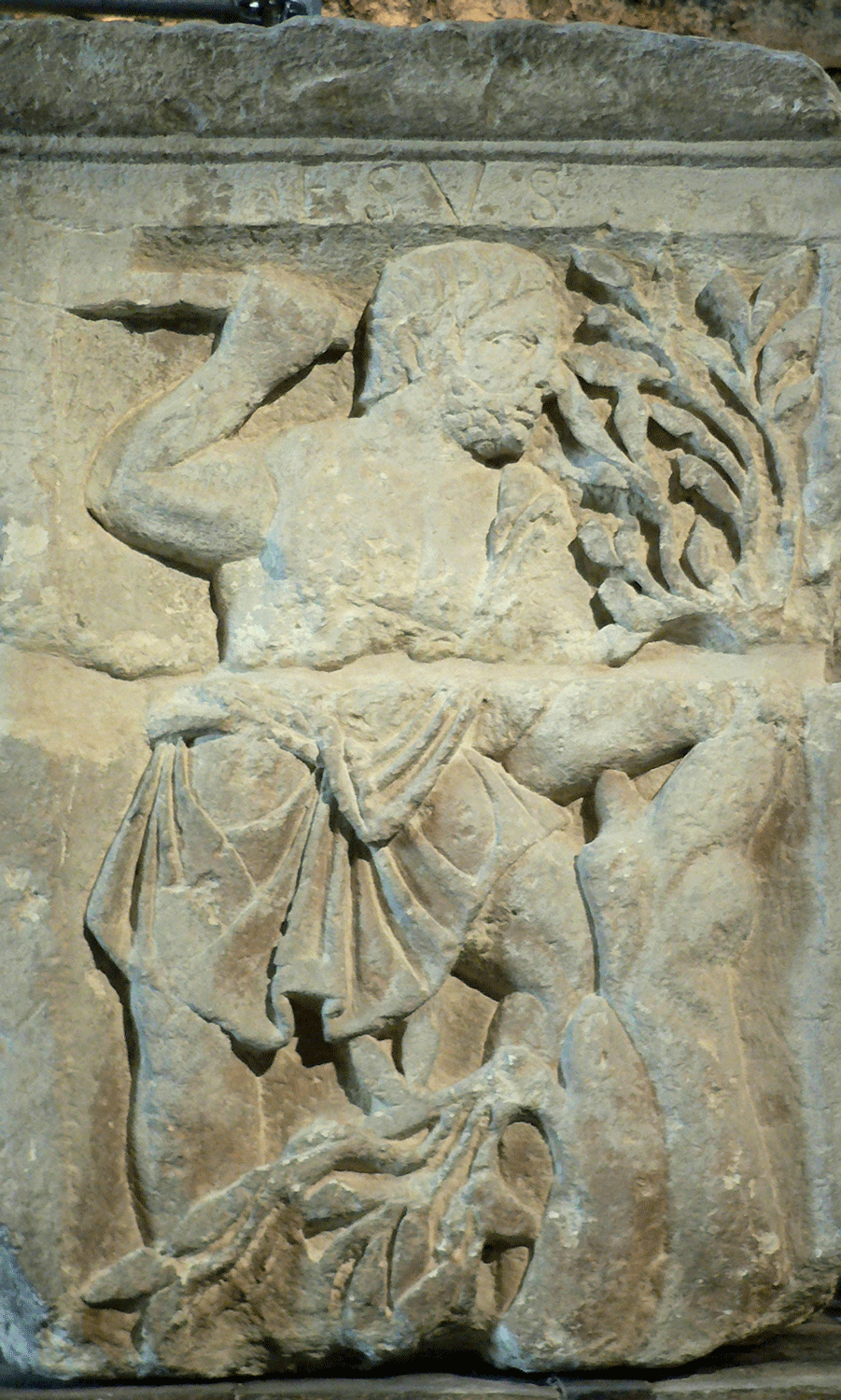 The pillar of the Nautes is a monumental Gallo-Roman column erected by the Nautes of Lutèce in the 1st century, under the reign of Emperor Tiberius. The pillar of the Nautes is exposed in the baths of Cluny. It is about the stacking of four blocks or altars which were revealed during the construction of a crypt under the Notre-Dame cathedral of Paris on March 16, 1711. (source)
The pillar of the Nautes is a monumental Gallo-Roman column erected by the Nautes of Lutèce in the 1st century, under the reign of Emperor Tiberius. The pillar of the Nautes is exposed in the baths of Cluny. It is about the stacking of four blocks or altars which were revealed during the construction of a crypt under the Notre-Dame cathedral of Paris on March 16, 1711. (source)
Dating from the 1st century, the pillar of the Nautes would be the oldest monument of the city of Paris, and the brotherhood of the Nautes the oldest society of this country which was then Roman Gaul. This sacrificial pillar is the prerogative of the Gallic god Esus. Covered with the blood of the victims, he accompanies all the images of Esus. In Gallo-Roman Gaul, the Celtic cults were perennial, and the Gallic gods still reigned over Gaul. The pillar of Esus was erected at each crossroads.
The cross comes from the pillar
The wise reader will have understood that this pillar inspired the cross of Jesus. Every new religion must respect the practices of the ancient religion to which the people are attached by the tradition of their ancestors. So she is careful to respect the symbols of the previous cult, adding her own symbols.
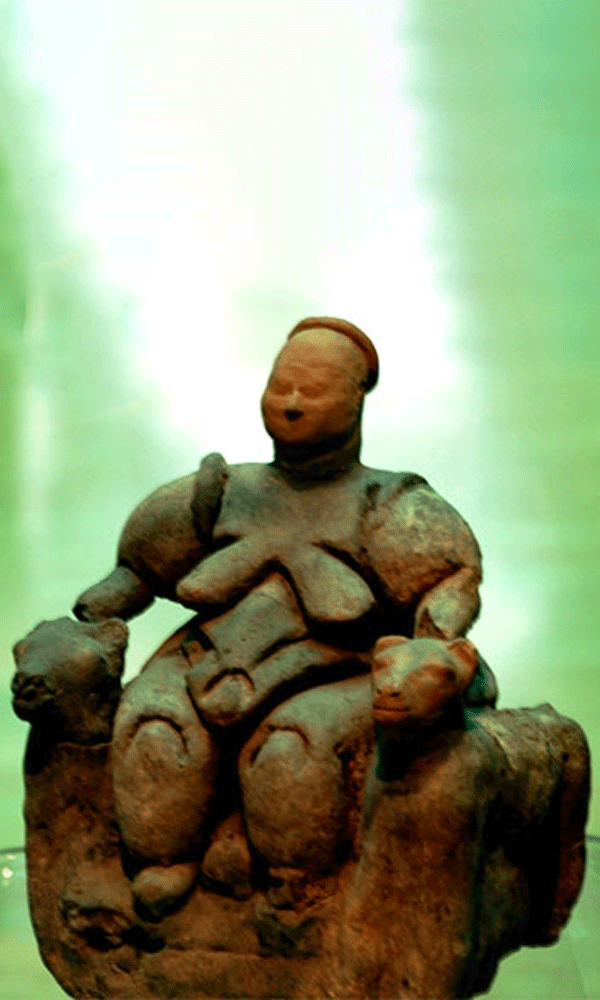 Without a hitch, the pillars of Esus were changed into crosses. And the cohorts of pilgrims long paced the ancient sacred paths. Unashamedly, the old temples were recycled into churches. And the crowd of the faithful was not diverted, the habits remained. Without ramage, the Gallic druids were changed into bishops. And the galvanized people built the cathedrals.
Without a hitch, the pillars of Esus were changed into crosses. And the cohorts of pilgrims long paced the ancient sacred paths. Unashamedly, the old temples were recycled into churches. And the crowd of the faithful was not diverted, the habits remained. Without ramage, the Gallic druids were changed into bishops. And the galvanized people built the cathedrals.
Whatever the period, no matter what the religion, this practice is universal: everyone finds his account. Shrines become temples or chapels. Cathedrals become mosques and mosques of cathedrals.
Do not be fooled, I have just concentrated several millennia in a few lines. The worship of Esus is three or four thousand years earlier than the Roman occupation of Gaul.
Four thousand years! Imagine the strength of the habit. Hard to go against it. The new religion had to impose itself by cunning. Without hurting beliefs and customs. She put the time, but she did it.
Yes, four thousand years. It is the bull with three cranes that gives us this historical marker. It means the era of Taurus, around – 4000 to – 2000 BCE. Before the Common Era One should say the era of Taure, because it is the peak of the matriarchy, as we saw on the Çatal Höyük site in Turkey. That’s why Mithra is an androgynous, it marks the transition to the patriarchate of Ramos said Rama.
What about Christ Jesus? He is supposed to appear two thousand years later. Two thousand years … and seven centuries. The seven centuries that are missing from our history, those famous centuries that seem to have disappeared under the carpet of time.
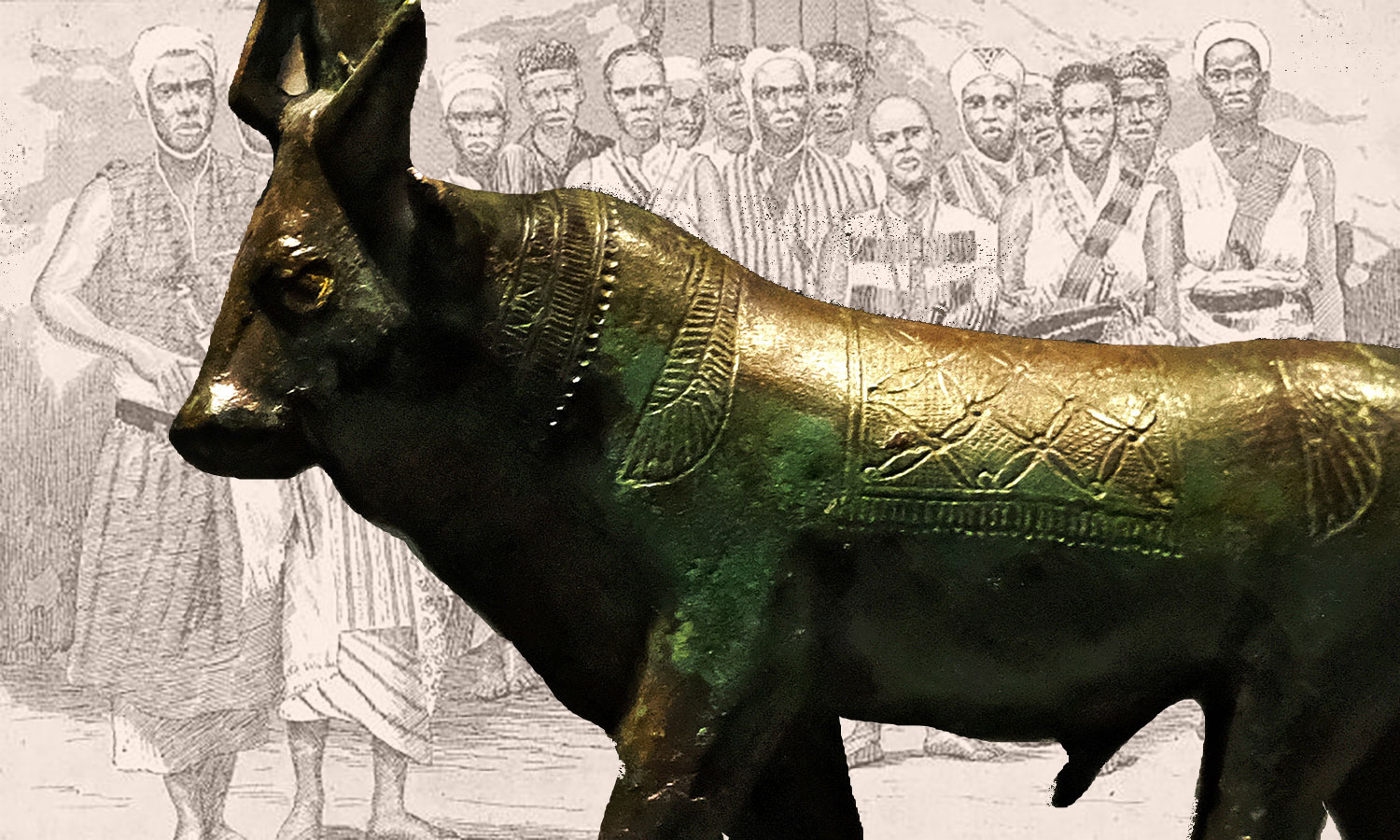
Thus
Each has its own beliefs, and the sacred cows will be well guarded. Our ancestors swallowed everything. They swallowed snakes with the ease of a snake charmer at the square Djema-el-Fnah in Marrakech. For centuries, all these texts remained locked in libraries strictly protected by the Holy See. Until the invention of typography around 1440, all writings were copied by copyists. Monks, most often. In their convent they copied what the superior told them to copy, omitting and adding what he told them. The control of the Catholic Church was almost total for a long time.
A host of bogus anecdotes, full of errors and anachronisms, were added by the copyists. It was counting without the web, without the planetary dissemination of all the texts that were once inaccessible. And to correct the course.
I am a mythologist and philosopher. As a friend of wisdom, I take a critical look at all mythologies: is it true? Is it distorted? Is it exaggerated? For what reasons? My work has no other purpose than to face the naked truth — if such a thing does exist! “With a critical eye and a mind free of everything a priori. That is why many of you read me.” Your convictions are yours. They help you to live, far from me the idea of dynamiting them, from the ancient Greek dunamos, which means angel.
Let this not prevent believers from believing, nor the unbelievers from not believing. All beliefs are infinitely respectable, although I prefer to align myself with my eternal principle of uncertainty, choosing to believe without believing.
The Jesus Case
- Another Side of Jesus
- Another Side of Virgin Mary
- The Apocalypse Of Zacchaeus
- The Hidden Agenda Of Zacchaeus
- Unlikely Jesus
- Jesus And His Models
- Jesus Missing
- Simon The Magician
- Enoch And Jesus
- Orpheus Christ
- Osiris And Jesus
- Lucifer Christ
- Dionysus Son Of God
- Double Dionysus
- Two Christianisms
- Christianism and Mithraism
- Chrism Unveiled
- Beneath The Holy Grail
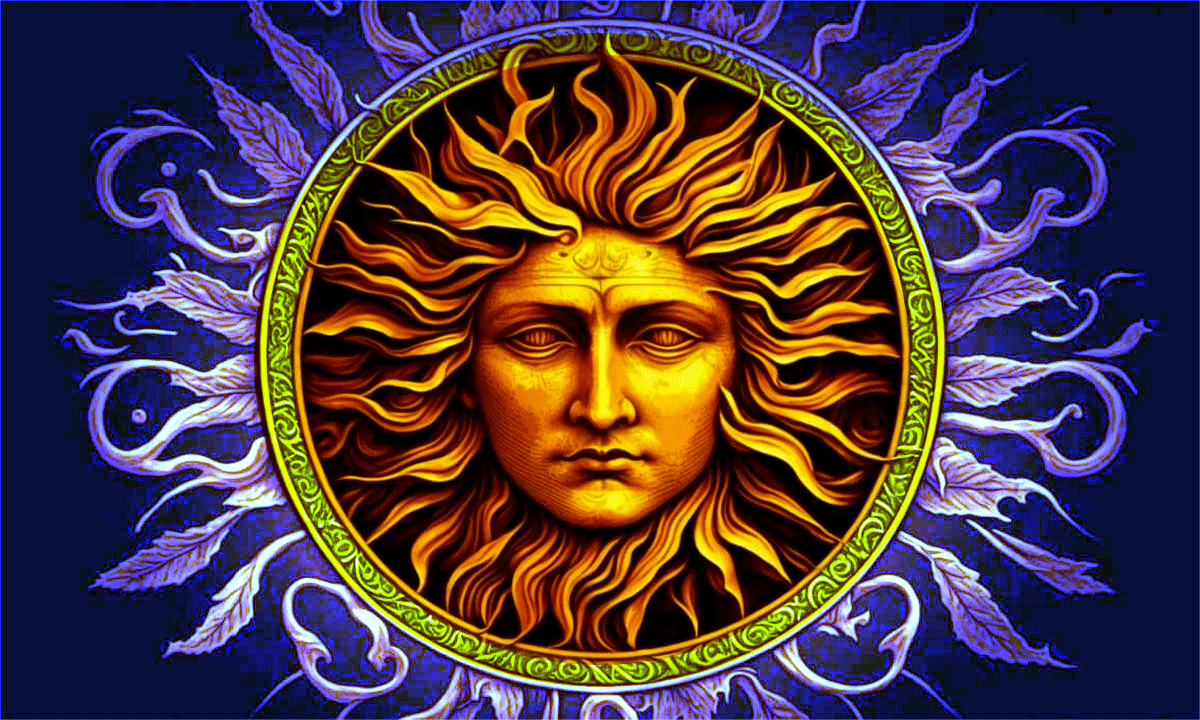 Sol Invictus,
Sol Invictus,
 Sol Invictus, “Undefeated Sun”, Roman solar deity whose worship appears in the 3rd century..
Sol Invictus, “Undefeated Sun”, Roman solar deity whose worship appears in the 3rd century..
.


